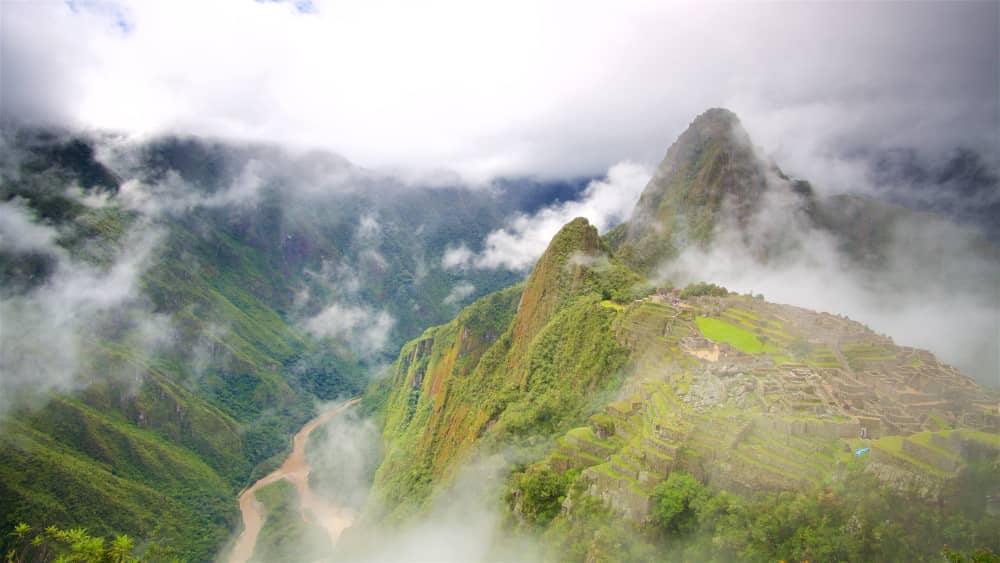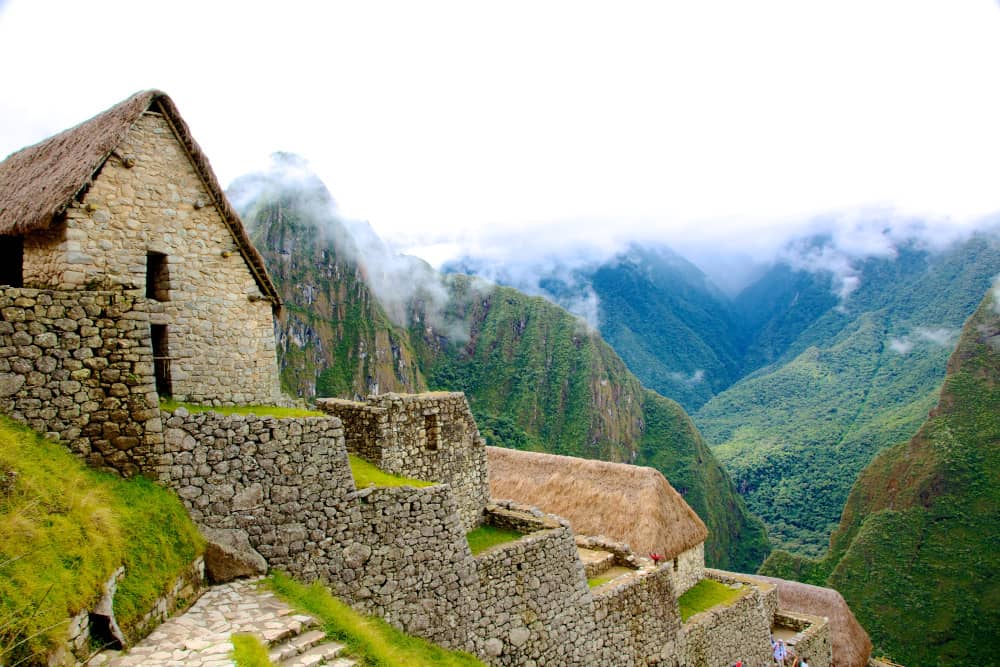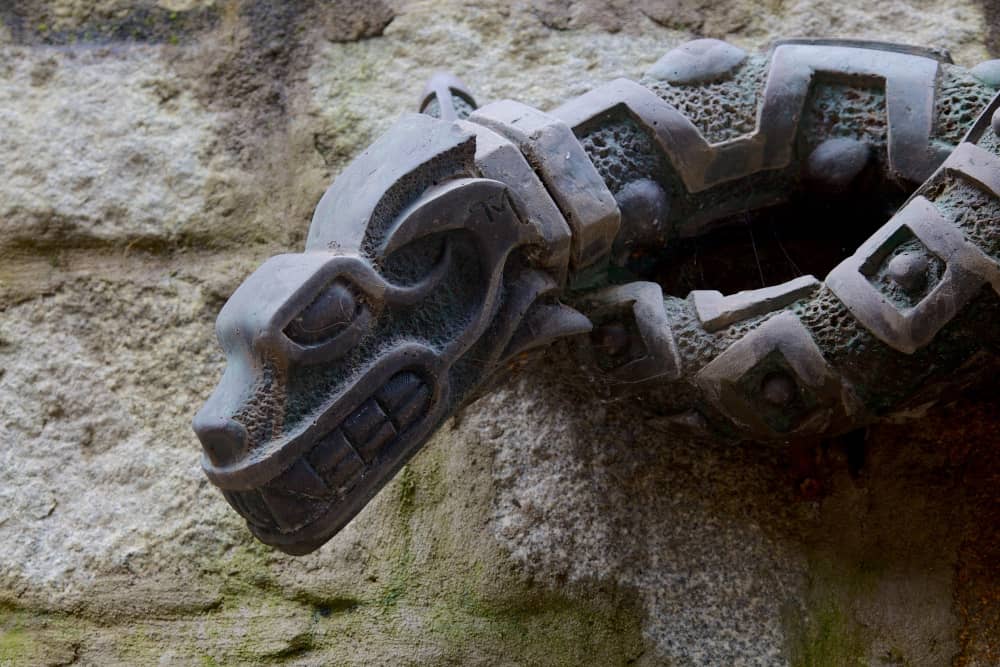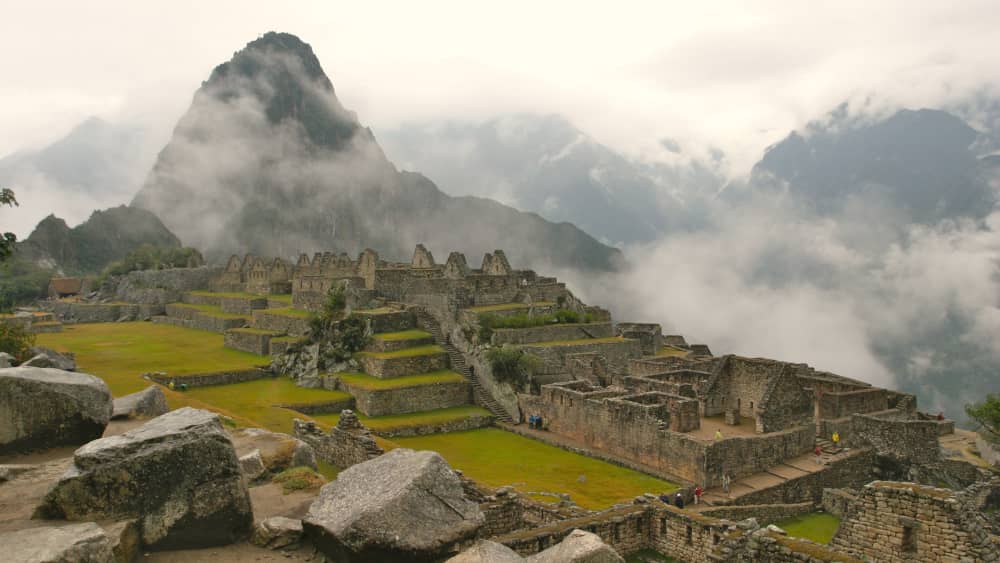Visiting Machu Picchu
Machu Picchu, the “lost city of the Incas,” has been one of the world’s most intriguing sights since it first became a popular destination in the early 1910s. Recently voted as one of the seven new wonders of the world, it’s a must-visit on the avid traveller’s bucket list. Here’s your ultimate guide to visiting Machu Picchu.

Getting to Machu Picchu
Your Machu Picchu journey begins by flying to Peru. You’ll most likely have to book a flight to Lima, although the airport in Cusco is closer. Cusco has limited traffic capacity, so it’s harder to book direct flights.

As long as you prepare yourself for additional transportation when you get to Lima, you’ll be all set. Don’t worry, there are tons of add-on options to get you to Cusco, including affordable flights from Lima.
From Cusco, you’ll take the train to majestic Machu Picchu. You’ll have to book months in advance as this is a high-demand tourist attraction. Inca Rail offers a safe and comfortable trip with unparalleled views of the mountainous journey.
You’ll arrive at the Aguas Calientes station and then board a bus to reach Machu Picchu. Although a bus ride might sound less exciting, the views just keep coming. Expect spectacular sights, including the Urubamba River and its canyon.
Machu Picchu is open year-round, but the time of year you travel will affect your experience. Trekkers and sun worshippers will prefer June, July, and August. There’s less rain, but more people. If you hate crowds but don’t mind rain, January and March are best, but brace yourself for the chance of landslides. Finally, if you want to avoid the heat, April, May, September, and October offer pleasant, cooler weather and the bonus of slightly fewer crowds.
Where to Stay at Machu Picchu
When considering where to stay at Machu Picchu, your accommodations will depend on your plans. If your entire trip revolves around Machu Picchu, you can book your stay in Cusco. There’s no shortage of accommodations available here. Your options range from budget-friendly hotels to highly luxurious vacation rentals.
The Hotel Retama Inn Machupicchu offers humble yet comfortable accommodations that are ideal for families. If you’re splurging, Belmond Sanctuary Lodge offers a luxurious hideaway with lovely gardens, views of the distant mountains, and unrivalled comfort and service.
If you plan to travel throughout Peru, Lima offers world-class hotels, as well as a selection of inviting, quirky boutique hotels and bed and breakfasts.

If Machu Picchu is just one of many stops on your South American tour, you’ll find ample accommodations in the heart of the many vibrant cities from Buenos Aires to Santiago.
From the history of Ecuador and Columbia, to the wines of Chile and Argentina, and the vibrant lifestyle of Brazil’s Rio De Janeiro, there’s something in South America sure to satisfy the wanderlust of any traveller.
What to See at Machu Picchu
You’re looking at a good three to four hours to reach Machu Picchu from Cusco. If you plan it right, you’ll arrive before sunrise just as the site opens at 6:00 a.m.
You can purchase your Machu Picchu entrance ticket in Aguas Calientes before you take the bus or hike up the mountain. To make the most of your trip, you should plan to climb Huayna Picchu.
Although it’s a towering mountain, it makes for a pretty straightforward climb, so most people who are mobile will have no trouble with the trek. Just remember, these special tickets can only be booked through the government website for Machu Picchu.
The climb is worth it if you enjoy a good hike, as the area surrounding Machu Picchu is not only stunning but also home to a diverse variety of flora and fauna.

The expansive lost city itself spans 325.8 square kilometres. Thought to be built around 1450, it was uncovered in 1911, revealing the stunning terraced citadel and its ruins.
Built by the Incas 2,430 metres (7,970 feet) above sea level, the city is located in the Sacred Valley northwest of Cusco. It has elicited many unanswered questions, including what is its purpose, and why was it abandoned?
You’ll have to pace yourself when touring the city as the air and humidity can be hard on your system. Be prepared to “rough it” because when it comes to facilities, there aren’t many on the mountain. You’ll also want to pack a lunch and plenty of water.
As you travel throughout the ancient giant walls, terraces, roads, and buildings, you’ll puzzle over the intricate planning and workmanship involved in its construction. The polished flat stone technique was accomplished without using mortar.
The temples include the semicircular Temple of the Sun, Palace of the Princess, and Temple of the Three Windows. Some other features of note include:
- The secret Inca Bridge carved into a cliff face for use by the Incan army
- The Watchman’s Hut, which offers a full view of the city
- The oddly carved Funerary Stone, which is believed to have been a sacrificial altar
- The natural spring-water-fed fountains found throughout the city
- The Intihuatana, a hand-carved stone believed to mark the winter solstice
- Central Plaza, the grassy area that separates residents from the functional and religious buildings (Watch for llama-spotting opportunities as they graze on the pristine lawns here.)
You can choose to roam the grounds on your own, or book a guided tour. Also, there are train packages and horseback tours available.
What to Bring to Machu Picchu
Wondering what to bring to Machu Picchu? Thanks to the high altitude, weather at Macho Picchu is unpredictable, regardless of when you plan your visit. Along with your lunch and water, you should also carry a waterproof, windproof jacket.
Although rain becomes more likely in the wet season from November to March, one thing you can depend on is rain all year round. Rain can make all those smooth rock surfaces pretty slick. You might want to consider wearing a good pair of comfortable hiking boots for some much-needed traction.
In the dry season of May through November, the weather tends to be warmer. Although the day temperatures in June and July can reach a balmy 26°C (79ºF), you can see much cooler temperatures dipping to -2°C (28ºF) in the early mornings.
If you plan to take in that stunning early-morning sunrise, be sure to bring a jacket, as well as your sunscreen and sunglasses to greet the sun once it’s higher in the sky. That said, you might also appreciate the jacket for protection against pesky mosquitoes. Pack some repellant to avoid itchy bites too.
One final note: If you think you can bypass the waterproof jacket and tote an umbrella instead, think again. Believe it or not, umbrellas are not allowed at Machu Picchu. Other things not allowed include drones, walking sticks, and trekking poles. Bring them, and you take the risk of losing them.
Machu Picchu is steeped in mystery and history, offering a mind-blowing glimpse at the great feats of an ancient civilization. Book your Machu Picchu vacation today.
More Articles With Destinations
Finding wheelchair-accessible things to do in London can often be a tricky task that require extra research and planning but a new app will help you find all the best accessible attractions and restaurants.
Join a Disney podcaster and mega fan for some insider tips.
He's analyzed this year's forecast, researched the historical likelihood of Christmas Day snow, and stirred in a bit of weatherman’s intuition to come up with his holiday list.
UAE's capital is an ultra-modern city where big desert, epic adventure, and next-level luxury come together to offer the perfect getaway.